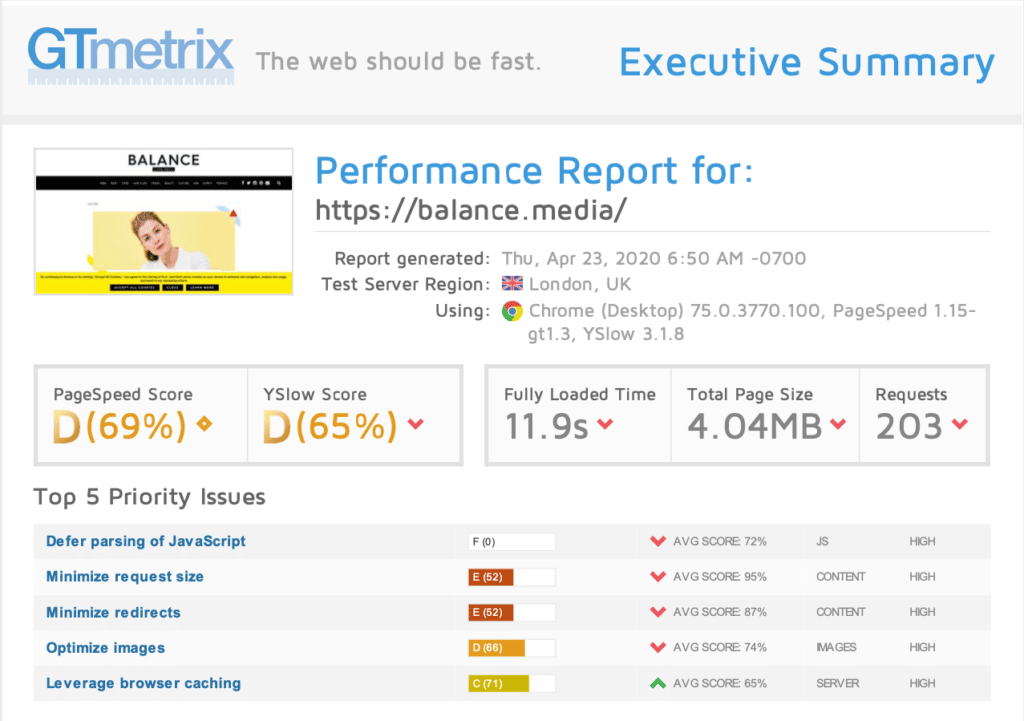Enhancing User Experience on HVAC Websites: A Comprehensive Guide
As an HVAC professional, you understand the importance of maintaining a system for optimum efficiency. Similarly, your website is a system that needs fine-tuning to deliver an exceptional user experience (UX). Just like a well-functioning HVAC unit provides comfort and satisfaction to homeowners, a well-designed website can do the same for your visitors.
In this digital age, your website is often the first point of contact between your HVAC business and potential customers. Therefore, it’s crucial to ensure that your visitors have a positive experience. Here’s a comprehensive guide on how to enhance the user experience on HVAC websites.
Simplify Navigation
The last thing you want is for your visitors to get lost on your website. To prevent this, it’s essential to have a clear, easy-to-follow navigation system.
- Use a standard layout: Follow conventions like placing your navigation bar horizontally at the top of your site or vertically on the left side.
- Be consistent: Ensure your navigation looks the same on every page.
- Keep it simple: Limit the number of options in your main navigation to avoid overwhelming your visitors.
Optimize Site Speed
In our fast-paced world, people expect websites to load quickly. A slow website can frustrate users and may cause them to leave your site.
- Compress images: Large, high-resolution images can slow down your site. Use tools to compress images without losing quality.
- Use caching: Caching can significantly speed up load times for returning visitors.
- Minimize HTTP requests: The more components (images, scripts, etc.) on a page, the slower it loads. Minimize these where possible.
Before

After

Make Your Website Mobile-Friendly
With most people browsing the web on their smartphones, having a mobile-friendly website is no longer optional.
- Responsive design: This ensures your website adjusts to fit any screen size, whether a desktop, tablet, or smartphone.
- Touch-friendly: Make sure all buttons, forms, and other interactive elements are large enough to be tapped easily.

High-Quality, Relevant Content
The content on your HVAC website should be useful, engaging, and easy to understand. This not only helps retain visitors but also improves your search engine rankings.
- Informative blog posts: Regularly publish blog posts about common HVAC issues, maintenance tips, and more.
- Guides and how-tos: These can help position you as an authority in the HVAC industry.
- FAQ section: This can help answer common customer queries quickly and efficiently.
Clear Call to Action (CTA)
A clear and compelling call to action guides your visitors toward making a booking or requesting a quote.
- Positioning: Place your CTAs where they’re most likely to be seen – above the fold, at the end of blog posts, or in the sidebar.
- Clarity: Be clear about what will happen when the CTA is clicked.
Personalize User Experience
Personalization can significantly enhance the user experience on your HVAC website.
- Personalized content: Use cookies to offer content based on the user’s location or previous interactions with your site.
- Live chat: This can provide immediate assistance to visitors, increasing the chances of conversion.
Trust-Building Elements
Trust is crucial in any business, and your HVAC website can help build this trust.
- Testimonials and reviews: Displaying testimonials from satisfied customers can enhance credibility.
- Certifications and associations: Show any professional certifications or associations to build trust further.
By implementing these strategies, you can create a user-friendly HVAC website that attracts and retains visitors, increases conversions, and drives your business growth. Remember, the user experience should be at the heart of your website design and content strategy. With a focus on the user, you’ll create a website that truly serves your audience and your business.
Keep testing and improving your website based on user feedback and analytics. After all, just like the HVAC systems you expertly service, your website requires regular maintenance to perform at its best.